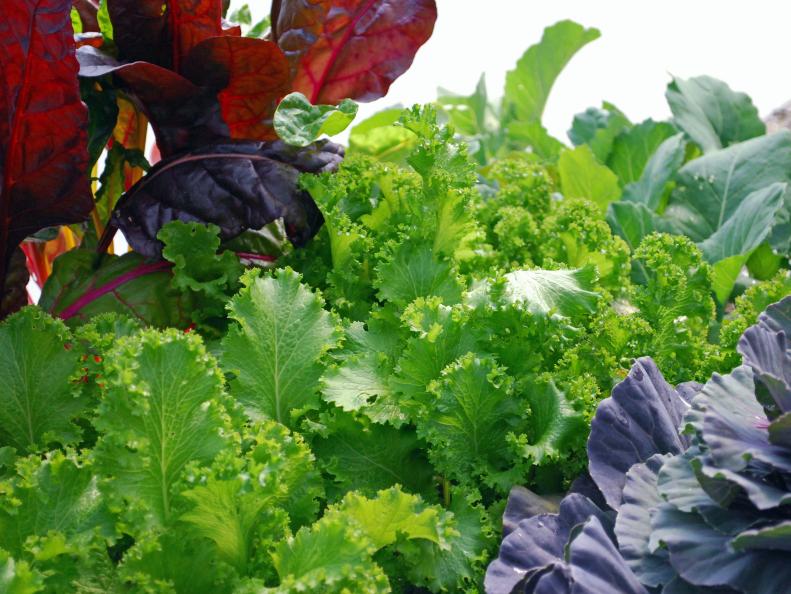1 / 6
Grow Your Greens
The ideal time to plant fall crops is late summer, when soil temperatures are still warm. But if you miss the window of opportunity, and the soil is cold, start the seedlings indoors as a container garden, then move them outside to a cold frame.
Cool-weather veggies vary in hardiness. Among the most tender of the lot, lettuce grows best at 50 to 60 degrees F; growth slows as temperatures drop. Keep it in a cold frame; when the temperature falls below 30 degrees, lettuce is in trouble.
Cool-weather veggies vary in hardiness. Among the most tender of the lot, lettuce grows best at 50 to 60 degrees F; growth slows as temperatures drop. Keep it in a cold frame; when the temperature falls below 30 degrees, lettuce is in trouble.









